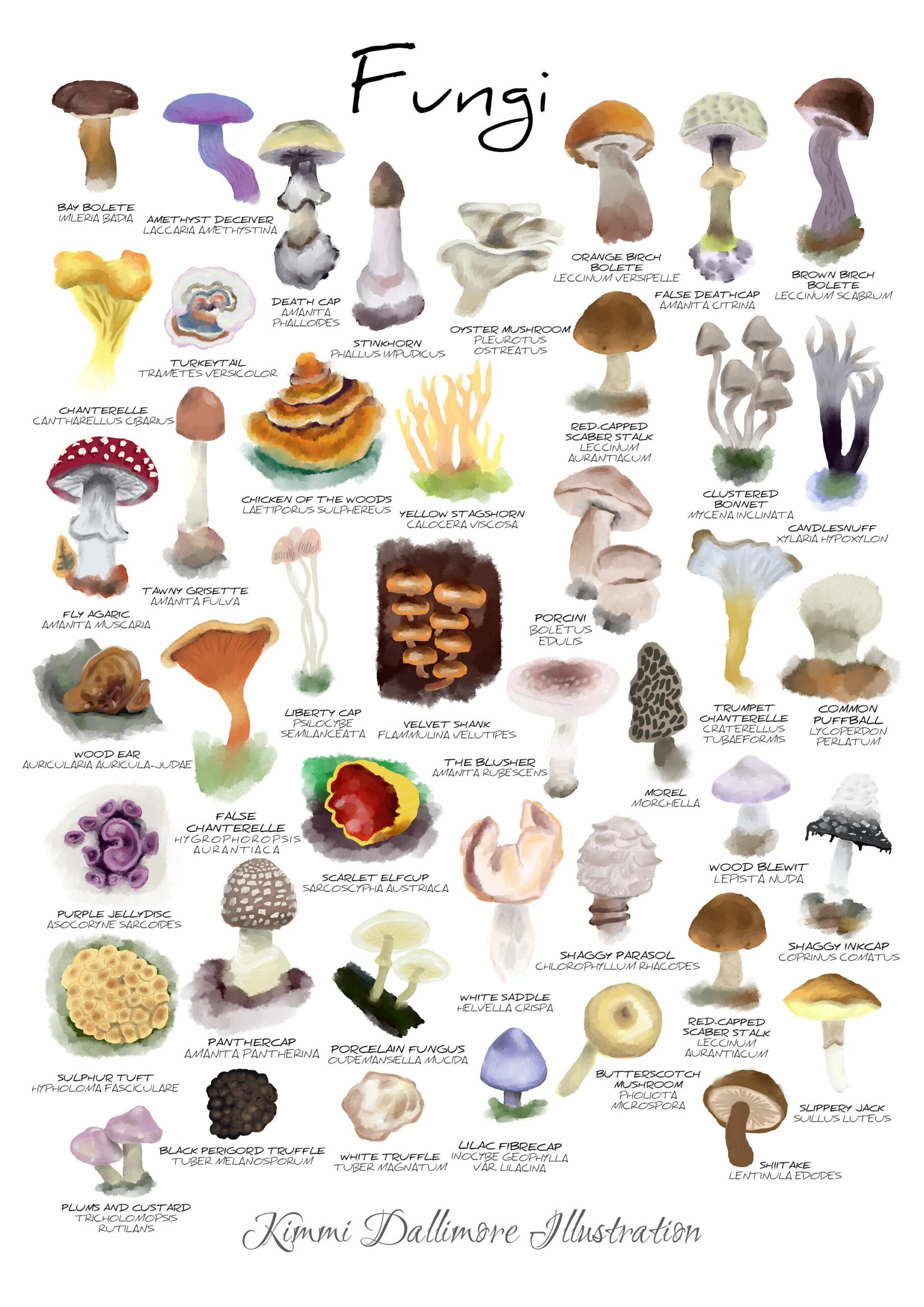Fungi represent an incredibly diverse group of organisms that play pivotal roles in various ecosystems, including our households. Within the confines of domestic spaces, certain types of fungi can thrive, often unnoticed until their effects become apparent. Understanding the common types of household fungi, their characteristics, and their implications on health and environment is essential for contemporary domestic maintenance and overall well-being.
In this discourse, we will explore the prominent varieties of fungi that inhabit our homes, their biological features, and the potential health risks they pose. Furthermore, we will delve into effective strategies for management and prevention to mitigate their adverse effects.
To comprehend the intricate world of household fungi, it is imperative to classify them according to their habitat and behavior. Several common types of fungi found in domestic environments include mold, yeast, and mushrooms. Each category encompasses various species, each presenting unique characteristics and implications.
Before delving into specific types, it is essential to establish a foundational understanding of fungi as organisms. Fungi are eukaryotic, heterotrophic organisms that lack chlorophyll. They reproduce through spores and possess cell walls composed of chitin. Their ecological roles are manifold, ranging from decomposers that recycle nutrients to symbiotic partners in mycorrhizal relationships with plants. However, some species can become opportunistic pathogens, endangering human health.
Recognizing the prevalent types of fungi in domestic settings provides insight into their impact on our living spaces.
Among the most ubiquitous household fungi, mold warrants particular attention due to its propensity to proliferate in damp areas. Mold comprises various species belonging to the genera Aspergillus, Penicillium, and Cladosporium. Understanding their characteristics can aid in identifying potential infestations.
Mold thrives in environments with elevated humidity and organic materials, often found in basements, bathrooms, and kitchens. The reproductive mode involves the release of microscopic spores, which can easily become airborne, leading to widespread dispersal. Aspergillus species, while beneficial in certain contexts, such as fermentation and antibiotic production, can produce mycotoxins that are hazardous to human health, particularly in immunocompromised individuals.
The presence of mold indoors can manifest in various ways, including discoloration of surfaces, musty odors, and potential structural damage. Mold exposure may provoke allergic reactions, respiratory issues, and other health complications. Effective mold remediation strategies include controlling moisture levels, proper ventilation, and utilizing antifungal agents as needed.
Yeasts are another noteworthy category of fungi frequently encountered in household environments. Saccharomyces cerevisiae, commonly known as baker’s yeast, illustrates the dual nature of yeasts. While they play a critical role in culinary applications and fermentation processes, other yeast species, such as Candida, can pose health risks. Candida is naturally present in the human microbiome; however, overgrowth can lead to infections, especially in immunocompromised individuals.
Yeast thrives in warm, moist environments, making them prevalent in kitchens, bathrooms, and areas with organic residue. They reproduce asexually through budding, leading to rapid population increases under favorable conditions. Awareness of potential yeast-related issues, such as thrush or systemic infections, can help mitigate the health implications associated with overgrowth.
Fungi belonging to the kingdom Fungi also include mushrooms, which, despite their culinary benefits, can present particular challenges when found indoors. While many mushrooms are harmless or even beneficial, certain species are toxic and can pose severe risks to human health. The appearance of mushrooms in domestic settings often indicates underlying moisture issues and requires immediate attention.
Common household mushrooms include the common button mushroom (Agaricus bisporus) and species from the genus Coprinus, which typically appear in decaying organic matter. While some mushrooms play pivotal roles in nutrient recycling and soil health, caution should be exercised when identifying them, as misidentification can lead to poisoning.
Beyond the identification of fungi, it is pivotal to understand the factors contributing to fungal growth within domestic environments. Humidity and temperature play critical roles in fostering the proliferation of fungi. Maintaining relative humidity levels below 60% and ensuring proper ventilation can significantly reduce the likelihood of fungal infestations. Regular cleaning and maintenance are also essential, particularly in areas susceptible to moisture retention, such as bathrooms and kitchens.
Another pressing concern surrounding household fungi is their potential to exacerbate allergic reactions and respiratory conditions. Exposure to mold spores and mycotoxins can trigger asthma symptoms, allergic rhinitis, and other respiratory ailments. Understanding the health implications of fungi is paramount, especially for vulnerable populations, such as children and the elderly.
To combat the adverse effects of household fungi effectively, proactive measures are key. Employing dehumidifiers in at-risk areas can maintain ideal moisture levels, while regular inspection for visible mold and dampness can facilitate early mitigation. Moreover, utilizing air purifiers equipped with HEPA filters can help capture airborne spores and allergens, subsequently improving indoor air quality.
In terms of remediation, addressing the root causes of mold and fungal growth is essential. This may involve repairing leaks, improving insulation, and adopting a vigilant cleaning routine that targets potential growth hotspots. For pronounced infestations, professional assessment and remediation services may be required to ensure the complete eradication of harmful fungi.
In conclusion, the presence of fungi in household environments encompasses a range of species, each with distinct characteristics and potential health implications. Understanding the common fungi types—mold, yeast, and mushrooms—equips homeowners with the knowledge necessary to manage and mitigate their effects. By adopting proactive measures and maintaining vigilant cleaning practices, individuals can significantly decrease the risks associated with household fungi, ultimately fostering a healthier living environment.
As we continue to explore the complexities of indoor environments, recognizing the role of fungi can aid in developing more effective strategies for home maintenance and health preservation. Awareness and education concerning fungi are indispensable in navigating the challenges they present in our everyday lives.
